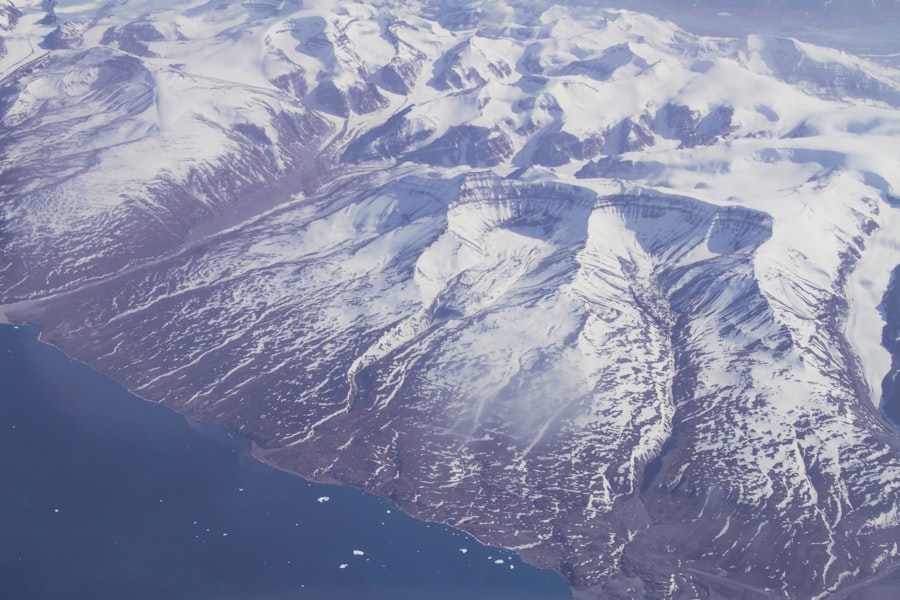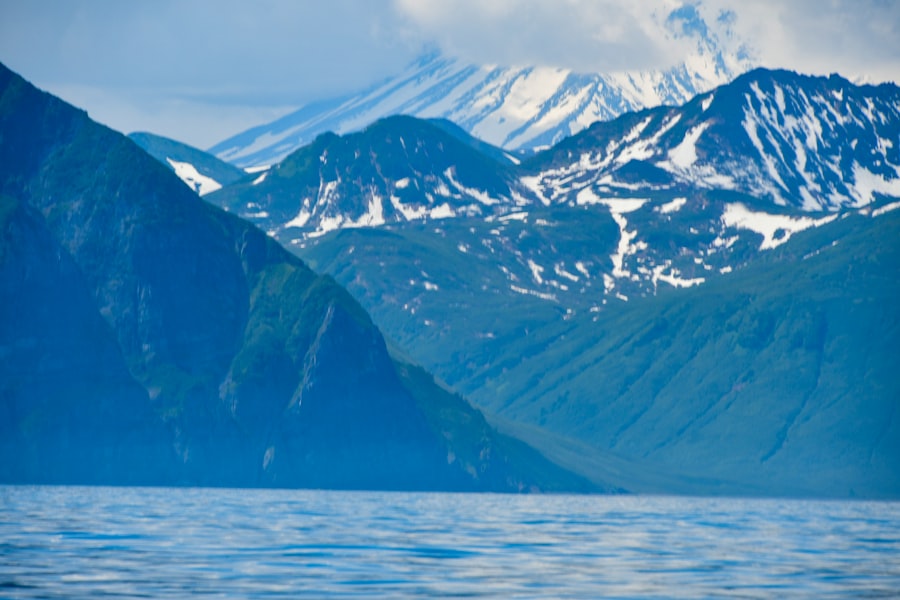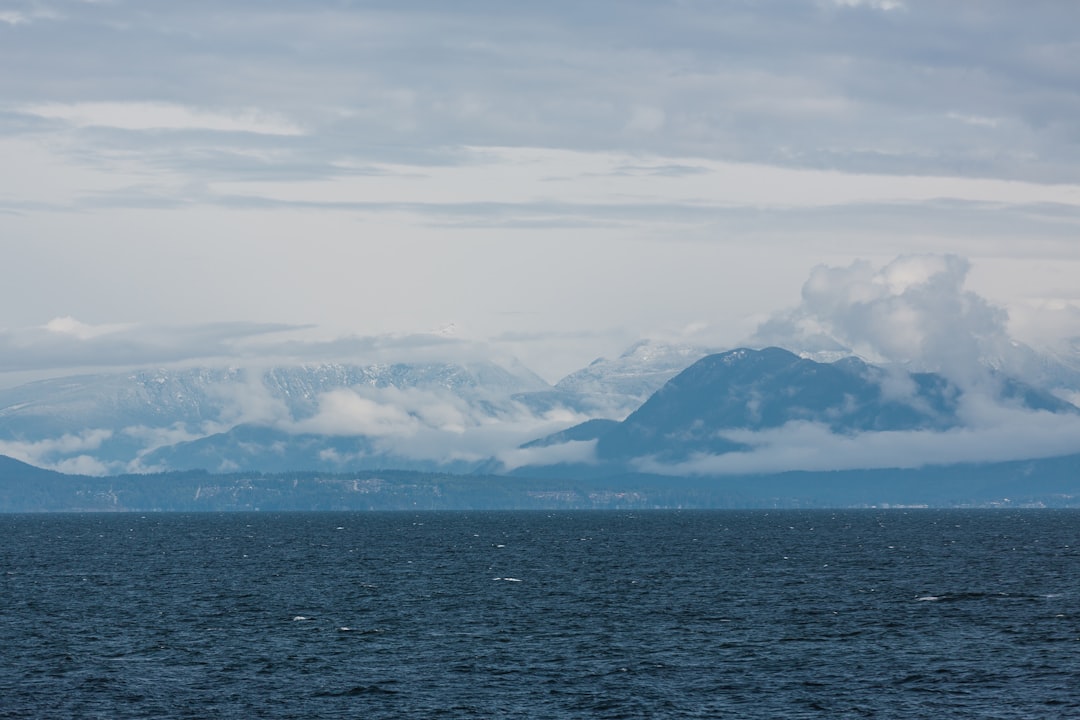The Drake Passage, a body of water situated between the southern tip of South America and Antarctica, is renowned for its tumultuous seas and unpredictable weather patterns.
The waters are characterized by their strong currents and the convergence of the Atlantic and Pacific Oceans, which can create challenging conditions for even the most seasoned sailors.
The passage is named after Sir Francis Drake, the English explorer who was the first to navigate these waters in the late 16th century. Navigating the Drake Passage is not merely a test of skill; it is also an adventure steeped in history and natural beauty. The passage is often described as one of the most treacherous stretches of ocean due to its notorious storms and high waves.
Sailors must be prepared for sudden changes in weather, which can shift from calm to chaotic in a matter of moments. Despite its challenges, the Drake Passage offers breathtaking views of icebergs, rugged coastlines, and an array of wildlife, making it a coveted destination for adventurers and researchers alike.
Key Takeaways
- The Drake Passage is a notoriously rough stretch of water between South America and Antarctica, known for its unpredictable and stormy conditions.
- The best time to cross the Drake Passage is during the austral summer (November to March) when the weather is relatively milder and the seas are calmer.
- When selecting the best route, it’s important to consider factors such as ice conditions, wildlife sightings, and the expertise of the crew.
- Proper preparation for the journey includes packing appropriate clothing, seasickness medication, and ensuring all necessary travel documents are in order.
- Safety measures and equipment such as life jackets, emergency beacons, and regular safety drills are essential for a safe passage through the Drake Passage.
Choosing the Right Time to Cross
Selecting the optimal time to traverse the Drake Passage is crucial for ensuring a smoother journey. The best window for crossing typically falls between late November and early March, coinciding with the Southern Hemisphere’s summer months. During this period, weather conditions are generally milder, and the likelihood of encountering severe storms diminishes significantly.
This timeframe not only enhances safety but also increases the chances of witnessing diverse marine life, as many species are more active during these warmer months. However, even within this ideal timeframe, conditions can vary dramatically from day to day. Sailors must remain vigilant and flexible in their planning, as weather forecasts can change rapidly.
It is advisable to monitor meteorological reports closely and be prepared to adjust travel plans accordingly. By choosing to cross during this optimal season and staying informed about weather patterns, sailors can enhance their chances of a successful and enjoyable passage.
Selecting the Best Route

When planning a journey through the Drake Passage, selecting the most suitable route is essential for maximizing safety and efficiency. The two primary routes are the direct path across the passage and a more circuitous route that hugs the coast of South America. The direct route is often favored for its speed; however, it exposes vessels to the full brunt of oceanic conditions.
Conversely, the coastal route may provide some shelter from harsh winds and waves but can be longer and more complex due to navigational hazards. In addition to considering distance and safety, sailors should also take into account their vessel’s capabilities. Larger ships may be better equipped to handle rough seas, while smaller vessels might benefit from a more sheltered route.
Ultimately, careful planning and consideration of both environmental factors and vessel specifications will lead to a more successful crossing.
Preparing for the Journey
| Stage | Tasks | Deadline |
|---|---|---|
| Research | Collect information about destination, culture, and local customs | 2 weeks before departure |
| Packing | Make a packing list and gather necessary items | 1 week before departure |
| Health preparation | Get necessary vaccinations and medications | 1 month before departure |
| Financial planning | Set a budget and exchange currency if necessary | 2 weeks before departure |
Preparation is key when embarking on a journey through the Drake Passage. Sailors must ensure that their vessels are in optimal condition before setting sail. This includes conducting thorough inspections of all equipment, from navigation systems to safety gear.
Additionally, it is vital to stock up on essential supplies such as food, water, and fuel, as well as any necessary medical supplies for potential emergencies. Beyond physical preparations, mental readiness is equally important. The Drake Passage can be psychologically taxing due to its unpredictable nature.
Crew members should engage in team-building exercises and discussions about potential challenges they may face during the journey. Establishing clear communication protocols and roles within the crew can foster a sense of unity and preparedness that will be invaluable when navigating through turbulent waters.
Safety Measures and Equipment
Safety should always be a top priority when crossing the Drake Passage. Sailors must equip their vessels with essential safety gear, including life jackets, flares, emergency beacons, and first aid kits. Additionally, having a reliable means of communication is crucial for staying connected with other vessels or emergency services in case of distress.
Regular drills should be conducted to ensure that all crew members are familiar with safety protocols. This includes practicing man-overboard procedures, fire drills, and emergency evacuation plans. By fostering a culture of safety awareness among crew members, sailors can significantly reduce risks associated with navigating this challenging passage.
Dealing with Rough Seas

The Drake Passage is infamous for its rough seas, which can pose significant challenges for sailors. When faced with turbulent waters, it is essential to remain calm and focused. Crew members should be trained in techniques for handling rough seas, such as adjusting sail configurations or altering course to minimize exposure to high waves.
Additionally, understanding the vessel’s capabilities is crucial when navigating through rough conditions. Sailors should be aware of their ship’s limits regarding speed and maneuverability in heavy seas. By maintaining a steady hand on the helm and making informed decisions based on real-time conditions, sailors can effectively manage their vessel through even the most challenging situations.
Wildlife Encounters
One of the most rewarding aspects of crossing the Drake Passage is the opportunity to encounter diverse wildlife. The waters are teeming with marine life, including seals, whales, and various seabird species. Sailors should remain vigilant and keep an eye out for these magnificent creatures during their journey.
To enhance wildlife viewing experiences, crew members can equip themselves with binoculars and cameras to capture memorable moments. It is important to approach wildlife encounters with respect and caution; maintaining a safe distance ensures both the safety of the animals and the crew. Observing these creatures in their natural habitat adds an enriching dimension to the journey through the Drake Passage.
Navigational Challenges
Navigating through the Drake Passage presents unique challenges that require skillful seamanship and keen awareness of environmental factors. The convergence of ocean currents can create unpredictable wave patterns that may affect a vessel’s course. Additionally, icebergs pose significant hazards that sailors must navigate around carefully.
To mitigate navigational challenges, sailors should utilize advanced navigation tools such as GPS systems and radar technology. Regularly updating charts and staying informed about ice conditions can also enhance safety during the crossing. By remaining vigilant and employing effective navigational strategies, sailors can successfully navigate through this complex maritime environment.
Communication and Emergency Protocols
Effective communication is paramount when traversing the Drake Passage. Crew members should establish clear lines of communication both within the vessel and with external parties such as coast guard services or other ships in the area. Utilizing VHF radios or satellite communication devices ensures that sailors can stay connected even in remote regions.
In addition to communication tools, having well-defined emergency protocols is essential for ensuring crew safety during unexpected situations. Regularly reviewing these protocols helps reinforce their importance and ensures that all crew members know their roles in case of an emergency. By prioritizing communication and preparedness, sailors can navigate potential crises more effectively.
Arrival in Alaska
Reaching Alaska after crossing the Drake Passage is a momentous occasion for any sailor. The stunning landscapes of Alaska offer a stark contrast to the tumultuous waters previously navigated. Upon arrival, sailors are greeted by majestic mountains, pristine fjords, and abundant wildlife that make Alaska a sought-after destination for adventurers.
The journey does not end upon arrival; sailors should take time to explore Alaska’s rich cultural heritage and natural beauty. Engaging with local communities and learning about indigenous cultures adds depth to the experience. Whether hiking through national parks or enjoying fresh seafood in coastal towns, there are countless opportunities for exploration and adventure awaiting those who have successfully crossed the Drake Passage.
Tips for a Smooth Passage
To ensure a smooth passage through the Drake Passage, sailors should adhere to several key tips that enhance both safety and enjoyment during their journey. First and foremost, thorough preparation cannot be overstated; ensuring that all equipment is in working order will prevent potential issues down the line. Additionally, maintaining flexibility in travel plans allows sailors to adapt to changing weather conditions or unforeseen challenges.
Staying informed about weather forecasts and being willing to adjust routes accordingly can make a significant difference in overall experience. Lastly, fostering camaraderie among crew members creates a positive atmosphere onboard that can help alleviate stress during challenging moments at sea. By prioritizing teamwork and communication, sailors can navigate through the Drake Passage with confidence and resilience.
In conclusion, crossing the Drake Passage is an adventure filled with challenges and rewards alike. With careful planning, preparation, and an appreciation for nature’s beauty, sailors can embark on this remarkable journey with confidence and excitement.
The Drake Passage, a notorious stretch of water between the southern tip of South America and Antarctica, is often compared to the challenging waters found near Alaska.
You can read more about these fascinating topics by visiting this related article on MyGeoQuest.
WATCH NOW! Drake Passage: Earth’s Deadliest Waters Revealed
FAQs
What is the Drake Passage?
The Drake Passage is the body of water between the southern tip of South America and the northern tip of the Antarctic Peninsula. It is known for its rough seas and strong winds, making it one of the most challenging maritime routes in the world.
What is the significance of the Drake Passage?
The Drake Passage is significant because it is the shortest and most direct route between Antarctica and the rest of the world. It is also an important area for scientific research and exploration due to its unique oceanographic and ecological characteristics.
What is the weather like in the Drake Passage?
The weather in the Drake Passage is characterized by strong winds, high waves, and rapidly changing conditions. It is known for its rough seas and challenging sailing conditions, making it a notorious area for maritime travel.
How does the Drake Passage relate to Alaska?
The Drake Passage is not directly related to Alaska, as it is located in the southern hemisphere, while Alaska is in the northern hemisphere. However, both regions are known for their rugged and remote landscapes, as well as their significance for scientific research and exploration.
Can you travel through the Drake Passage to get to Alaska?
No, the Drake Passage is located in the southern hemisphere and is not a route that can be taken to reach Alaska. Travel to Alaska typically involves air or land transportation, as there are no direct maritime routes between the two regions.
